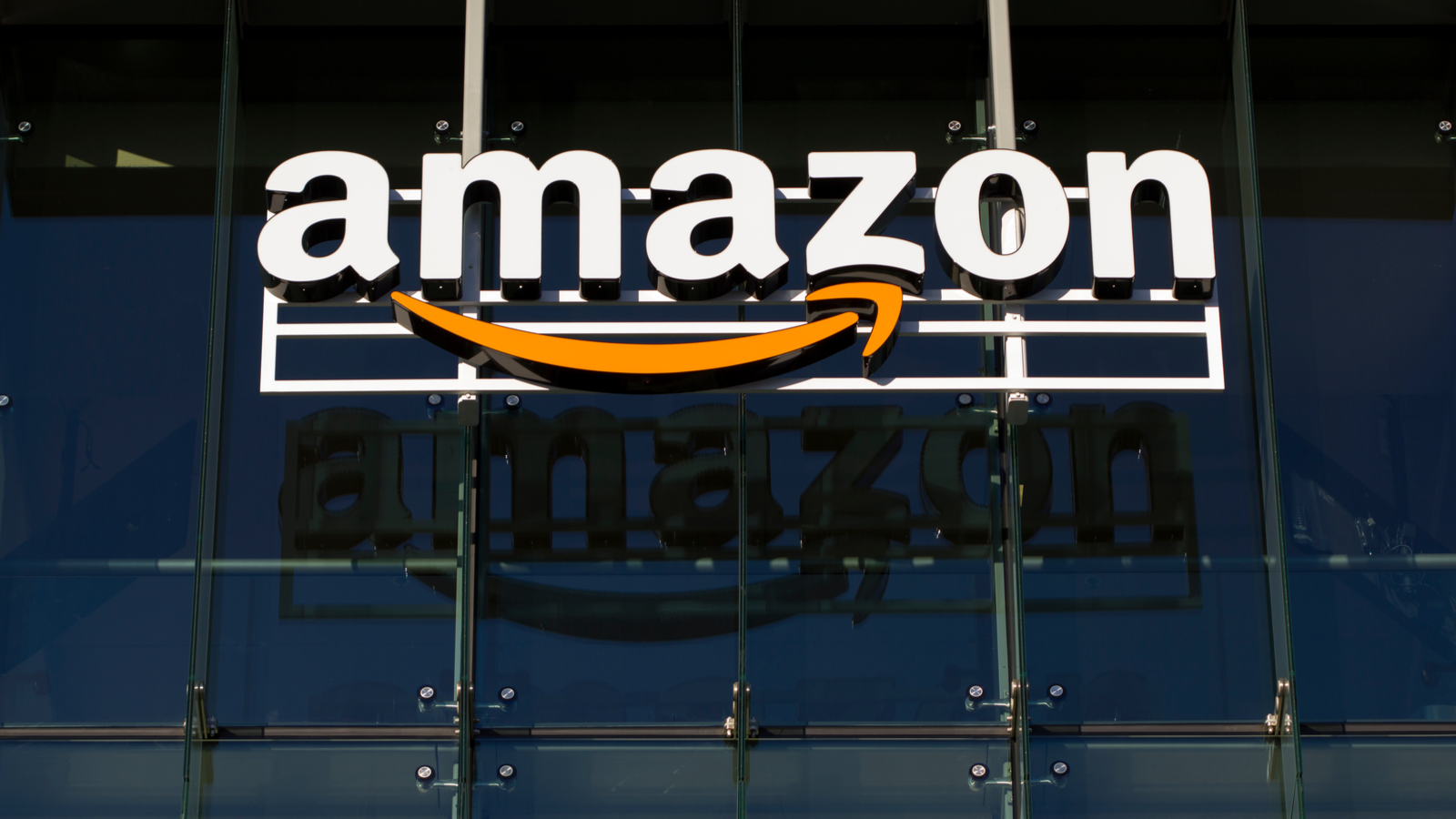There’s no doubt that Amazon (NASDAQ:AMZN) is one of the most iconic and influential companies in the world today. It has revolutionized e-commerce and cloud computing, becoming a dominant force in both industries. When most people think of online shopping, Amazon is the first name that comes to mind. And for good reason — the company has built an incredibly powerful ecosystem with Amazon Prime at the center.
I’m a big believer in the long-term shift from physical retail to e-commerce. While brick-and-mortar stores will always have a place, the convenience and selection offered by online shopping is simply too compelling. The Covid-19 pandemic accelerated this trend by years, if not decades. Amazon was a prime beneficiary, seeing its sales surge as consumers relied on online ordering more than ever before.
Is Amazon’s Growth Slowing?
However, those pandemic tailwinds have started to fade. Amazon is now facing very difficult year-over-year comparisons, making its growth look more pedestrian. In Q2 2024, net sales increased 10% to $148.0 billion — a far cry from the 40%-plus growth Amazon was posting in 2020 and 2021. North America segment sales rose just 9% as consumers pulled back on discretionary purchases. International growth was slightly better at 10%, excluding FX, but still a major slowdown.
Part of the problem is that Amazon’s core e-commerce business is no longer the main growth engine. Online store sales actually declined 3% in Q2. Instead, the company is increasingly reliant on its cloud computing division to power growth. AWS sales surged 19% to $26.3 billion in Q2 and now have an annualized run rate of over $105 billion.
How Important is AWS to Amazon?
There’s no question that AWS is a critical part of Amazon. It pioneered the cloud infrastructure market and remains the clear leader with around 40% share. AWS enables Amazon to generate strong profits to fund its other growth initiatives. In fact, AWS’s operating margins remain very healthy at over 35%.
However, AWS is facing stepped up competition, especially from Microsoft (NASDAQ:MSFT) Azure, which grew 29% in the latest quarter. Google (NASDAQ:GOOG, NASDAQ:GOOGL) Cloud is also gaining share, albeit from a smaller base. This has some investors worried about a potential cloud slowdown, although the market opportunity remains massive, with most IT workloads still on-premises. AWS is also investing heavily in AI/ML capabilities to stay ahead of the curve.
Amazon made a smart move by partnering with and investing in Anthropic, the creator of the Claude models. This gives AWS native access to state-of-the-art AI tech to power new products and services. Microsoft has taken a similar approach with its investment in OpenAI. While these AI bets have huge potential, they are not yet meaningfully contributing to the bottom line.
Is Amazon’s Valuation Too High?
Zooming out, Amazon’s current valuation leaves little room for error. The stock trades at a lofty 36x forward earnings, a significant premium to the market and most mega-cap tech peers. That multiple could be justified by Amazon’s EPS growth potential, with consensus estimates calling for profits to more than double from 2024 to 2028. However, in the near term, Amazon needs to show that it can re-accelerate revenue growth and expand margins to support its premium price tag.
I’m also somewhat concerned about the competitive dynamics in Amazon’s core markets. While the company is dominant in e-commerce and cloud computing today, it arguably has a weaker moat than other tech giants. Upstarts like PDD’s (NASDAQ:PDD) Temu have quickly stolen U.S. market share by undercutting Amazon on price. And as I said before, Microsoft and Google are formidable cloud rivals with deep pockets. In general, I think Amazon’s moat is narrower than most Big Tech stocks.
This isn’t to say Amazon is in trouble — far from it. However, its business model is more vulnerable to disruption than some tech peers. Amazon will need to keep innovating and delighting customers to stay ahead of hungry competitors nipping at its heels. International expansion also remains a big opportunity, although Amazon has struggled to gain traction in some key markets like China and India.
The Bottom Line
Putting it all together, I have a somewhat mixed view on AMZN in the near-term. While I’m very bullish on the company’s long-term prospects, I worry that macro headwinds and tough comps could pressure growth and margins over the next few quarters. And with the stock trading at a sky-high multiple, any hint of weakness could lead to a sharp pullback.
As such, I’m inclined to rate AMZN a “hold” at current levels. For investors with a multi-year time horizon, AMZN remains a core holding. But I would wait for a better entry point before adding to positions. Upcoming catalysts to watch include the holiday shopping season and re:Invent conference, where AWS typically unveils new products and partnerships. I believe the stock would become a “buy” if it goes below $150, at least given the worsening macros we are seeing.
If the company can execute while its valuation becomes more reasonable, AMZN stock could deliver solid returns in the years ahead. But you should brace for some turbulence on the horizon.
On the date of publication, Omor Ibne Ehsan did not hold (either directly or indirectly) any positions in the securities mentioned in this article. The opinions expressed in this article are those of the writer, subject to the InvestorPlace.com Publishing Guidelines.
On the date of publication, the responsible editor did not have (either directly or indirectly) any positions in the securities mentioned in this article.
